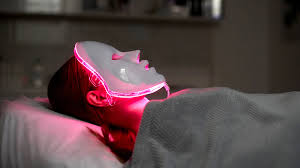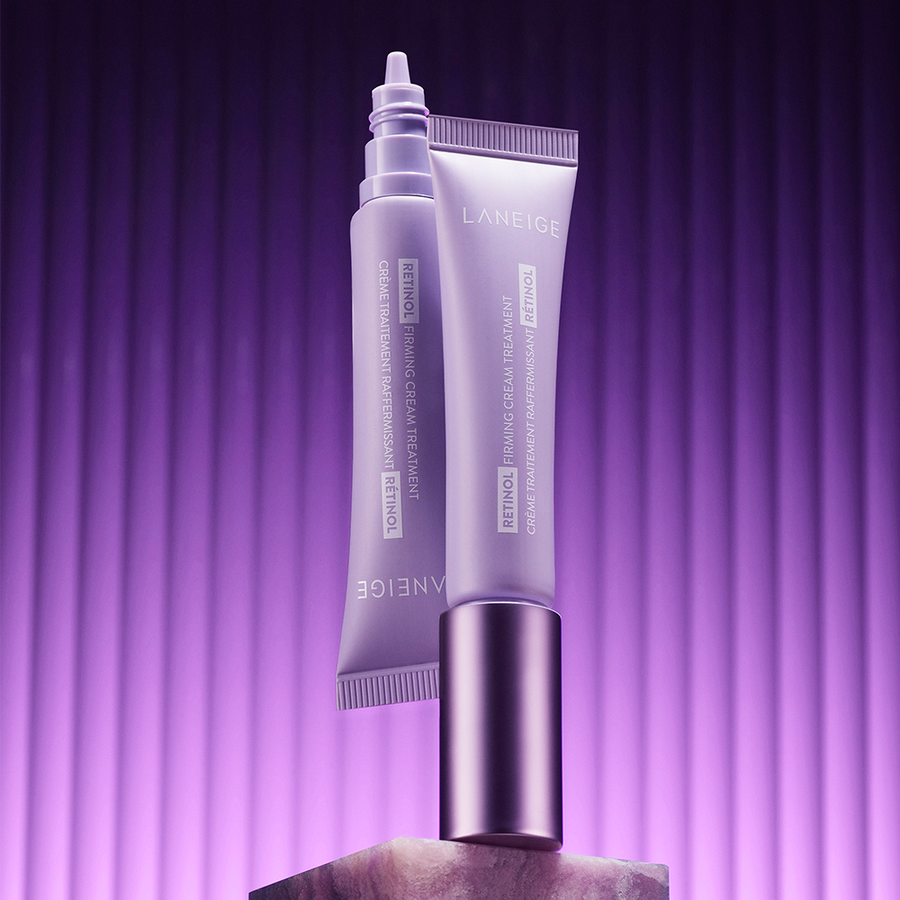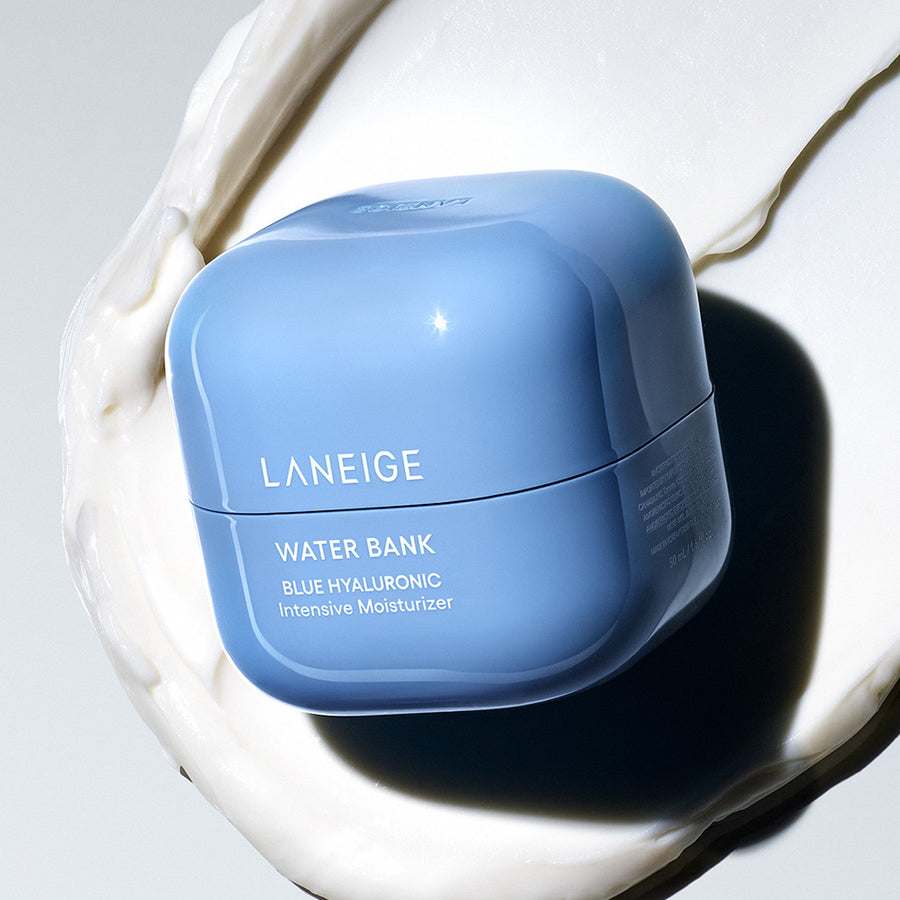Get Your AI Analysis
Personalized skincare insights
Discover your perfect skincare routine with our AI-powered analysis. Get personalized recommendations for glowing, healthy skin.
Start AnalysisFollow Us
Stay updated with the latest skincare tips, trends, and expert advice.
Why This $12 Red Light Mask is Stealing the Spotlight from $300 At-Home Devices
If you’ve been following my journey in the skincare industry for the past decade, you know I’m always on the hunt for innovative, effective treatments – and I’m especially thrilled when I find something truly game-changing that doesn't break the bank. Welcome to 2025, where the red light therapy boom is no longer just a trend, it's a full-blown revolution. Everyone from dermatologists to beauty influencers is raving about its ability to boost collagen, reduce inflammation, and give you that coveted youthful glow.
But here’s the kicker: You don't need to spend a fortune to reap the benefits. Today, I'm diving deep into a head-to-head battle that has been captivating the skincare community, especially on Reddit's r/SkincareAddiction: the $149 Solawave Wander Mini LED Mask versus a jaw-dropping $12 Project E Beauty LED Mask found on Amazon US. Yes, you read that right – twelve dollars!

Decoding the Glow: The Science Behind Red Light
Before we jump into the devices, let’s quickly recap why red light therapy (RLT) is so powerful. It’s all about the wavelengths. When we talk about anti-aging and skin rejuvenation, we’re typically looking at specific wavelengths that penetrate the skin to stimulate cellular activity, particularly in the mitochondria. The most effective wavelengths for skin health include:
- Red Light (around 630-660 nm): This visible light wavelength is fantastic for stimulating collagen production, reducing inflammation, and improving circulation. It helps to accelerate wound healing and can give your skin a more even tone.
- Near-Infrared Light (around 810-850 nm): This invisible light penetrates deeper into the skin and tissues, reaching muscle and bone. It’s excellent for deeper cellular repair, pain relief, and further boosting collagen synthesis, contributing to what I call collagen banking for long-term youthful skin.
Studies have shown that consistent RLT can lead to a significant increase in fibroblast activity, which are the cells responsible for creating collagen and elastin. One meta-analysis, published in the Journal of Clinical and Aesthetic Dermatology, noted that Low-Level Light Therapy (LLLT), which includes red light, improved skin complexion, reduced hyperpigmentation, and minimized fine lines and wrinkles with consistent use.
The Ultimate Showdown: $12 vs. $149

The Contenders:
Project E Beauty LED Mask ($12, Amazon US): This full-face mask is a simple, no-frills device. It typically offers multiple light settings (often including red, blue, green) and plugs into a USB port. It’s made of a relatively lightweight, flexible silicone material and uses numerous small LED bulbs.
Solawave Wander Mini LED Mask ($149): Known for its sleek, compact design, the Solawave focuses on portability and targeted treatment. It’s often touted for its medical-grade silicone and precise wavelengths, typically integrating both red and near-infrared light into a smaller, more travel-friendly form factor.
My 4-Week Test: Fine Lines and Fall Air
I put both masks to the test during the notoriously dry US fall, a time when my skin is usually battling dehydration and fine lines become more pronounced. My goal was clear: see if the budget-friendly option could truly hold its own against a more recognized, albeit still mid-range, device.
Week 1-2: Initial Impressions
I started with the Project E Beauty mask. Honestly, for $12, I wasn't expecting much beyond a fun gadget. But to my surprise, the fit was comfortable, and the light felt genuinely warm and soothing. I used it for 10-15 minutes, 3-4 times a week. The Solawave, on the other hand, felt more premium in my hands. Its smaller size made it ideal for spot-treating specific areas, like around my eyes and mouth, but it wasn't a full-face experience.
Week 3-4: Visible Results & Texture Differences
By the end of week four, I was genuinely impressed. While the Solawave gave a targeted boost to my under-eye area, slightly plumping up some early fine lines, the Project E Beauty mask delivered a more uniform improvement across my entire face. My skin felt noticeably softer, and that dry fall tightness had significantly diminished. The overall “glow” factor was undeniable.
The texture difference was evident: the Project E Beauty mask, while flexible, wasn't as sleek or integrated as the Solawave. However, the sheer coverage of the budget mask made up for its less refined aesthetic. Portability-wise, the Solawave wins for slipping into a purse, but the Project E Beauty is still surprisingly light and easy to pack for a longer trip.
"The democratization of red light therapy through affordable devices is a huge win for consumers. While higher-end devices often offer more precise wavelengths and advanced features, consistency is key. A $12 mask used daily will likely yield better results than an expensive one gathering dust in a drawer." – Dr. Anya Sharma, Consulting Dermatologist
Why Reddit is Obsessed
The sentiment on r/SkincareAddiction mirrors my findings. Users are celebrating the Project E Beauty mask for its accessibility and surprising efficacy. Many report similar results to mine: improved skin texture, reduced redness, and a brighter complexion without the significant financial investment. It's a testament to the fact that the core technology of red light therapy doesn't have to be expensive to be effective.
Your Beginner's Red Light Routine for Maximum Glow
Ready to try red light therapy? Here’s a simple routine I recommend for beginners:
- Cleanse: Start with a clean, dry face. Any makeup or sunscreen can block the light.
- Mask Up: Position your red light mask comfortably. If you have sensitive skin, start with shorter sessions (5-7 minutes) and gradually increase.
- Relax & Treat: Follow the device's instructions, usually 10-15 minutes, 3-5 times a week. This is a great time to listen to a podcast or meditate!
- Post-Treatment Skincare: Immediately after, apply hydrating and nourishing serums and moisturizers. I always emphasize barrier repair, especially in dry climates. Look for ingredients like ceramides, hyaluronic acid, and peptides.
- Consistency is Key: Like any skincare treatment, results build over time. Don't expect miracles overnight, but stay consistent, and you'll see improvements.

Ulta US Alternatives for Sensitive Skin
While the Project E Beauty mask is generally well-tolerated, if you have extremely sensitive skin and prefer to shop at Ulta, look for devices that emphasize gentle, medical-grade silicone and precise, clinically validated wavelengths. Consider devices with fewer bells and whistles but a strong focus on red and near-infrared light only. Sometimes multi-light masks can have too many different wavelengths that might not be necessary for your specific concern, or blue light can sometimes be too strong for very sensitive types. Always patch test and start slow!
You might also want to pair your red light routine with products specifically formulated for delicate complexions, like those found in K-Beauty routines that prioritize hydration and soothing ingredients.




